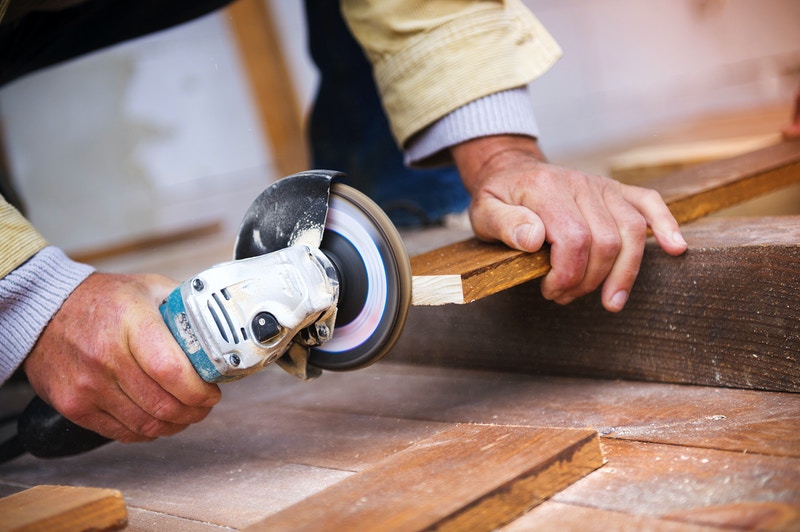Hard Coatings High-Temperature, Aluminum Metal, Powder, and Galvanized


There are a variety of industries that utilize paint and other types of coatings. These add hardness, protection, and other desirable qualities to specific products within the automotive, firearm, and other vital industries.
Industrial Paint and Coatings Sales Highlights
During 2014, the sales of industrial hard coatings, maintenance coatings, paint, and other coating products were considerable. It’s interesting to note that architectural coatings, which includes consumer paints, comprised the paint industry’s largest segment. In 2014 alone, over 720 million gallons were shipped.
Here are just a few of the highlights for product sales:
- Industrial coatings valued at $6.8 billion
- Industrial maintenance coatings valued at $1.3 billion
- Architectural coatings and paints valued at $10.6 billion
- Traffic marking paint valued at $454 million
High-Temperature Coatings
High-temperature coatings are available in 2 basic types:
- Diffusion coating
- Overlay coating
In diffusion or conversion coating, the deposited mass is diffused and reacts with the substrate. This creates a composition with a continuous gradation. With overlay coating, the material is placed on the substrate’s surface.
Aluminum Metal Coatings
Aluminum coating is available in 2 types:
- Hot-dipped aluminum silicon
- Hot-dipped pure aluminum coating
While both of these coatings provide excellent corrosion protection, the hot-dipped aluminum silicon has a heat resistance of 1250 degrees Fahrenheit. Furthermore, its heat reflectivity is 900 degrees Fahrenheit.
Powder Coatings
Powder coatings are useful for providing a consistent, attractive appearance. When using this type of coating, the dry powder is applied electrostatically to individual metal parts. These parts are then heat cured using temperatures of approximately 200 degree Fahrenheit.
Galvanized Coatings
Galvanized substrates can prevent panels from corroding.. Basically, the more zinc that is used, the greater the protection against corrosion. While G40 coating is used, the most commonly used substrates are G100 and G60.
G40, for example, contains approximately 99% pure zinc. It is applied to a base steel sheet through a hot-dipped coating process.
While the G100 substrates contain 1.0 ounces of zinc for every square foot of panel, the G60 substrates contain 0.6 ounces. It is important to note that G100 substrates have 66% more protective zinc.
When commercial business need to coat production volume quantities of metal parts, these and other types of hard coatings are provided for a variety of industrial products.
Leave a Reply
You must be logged in to post a comment.